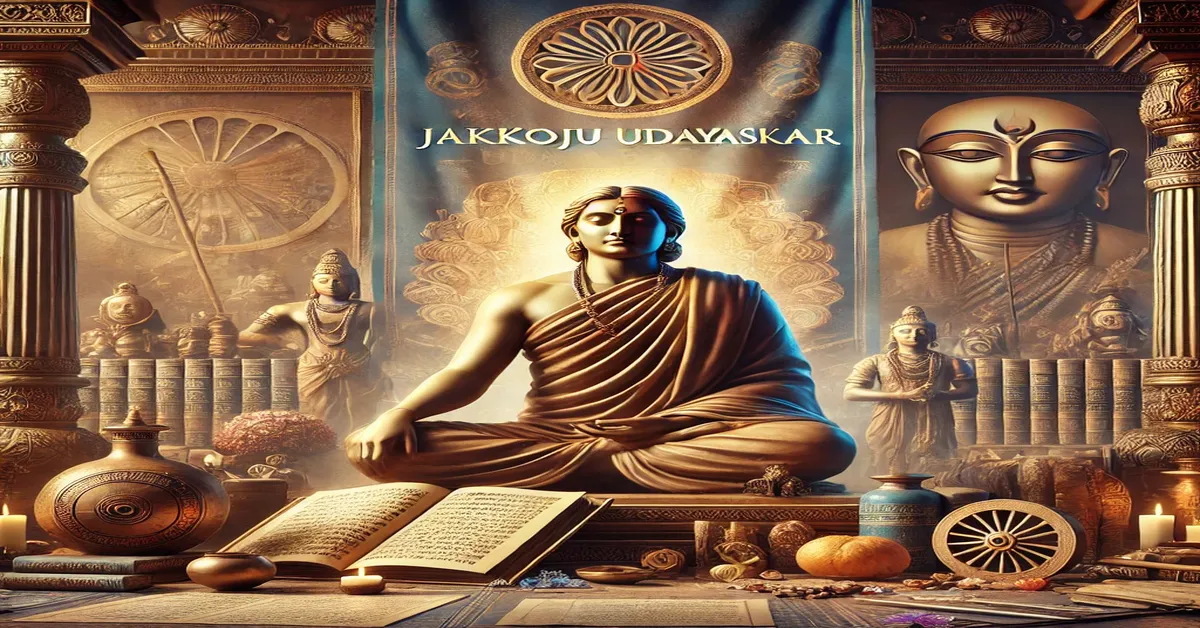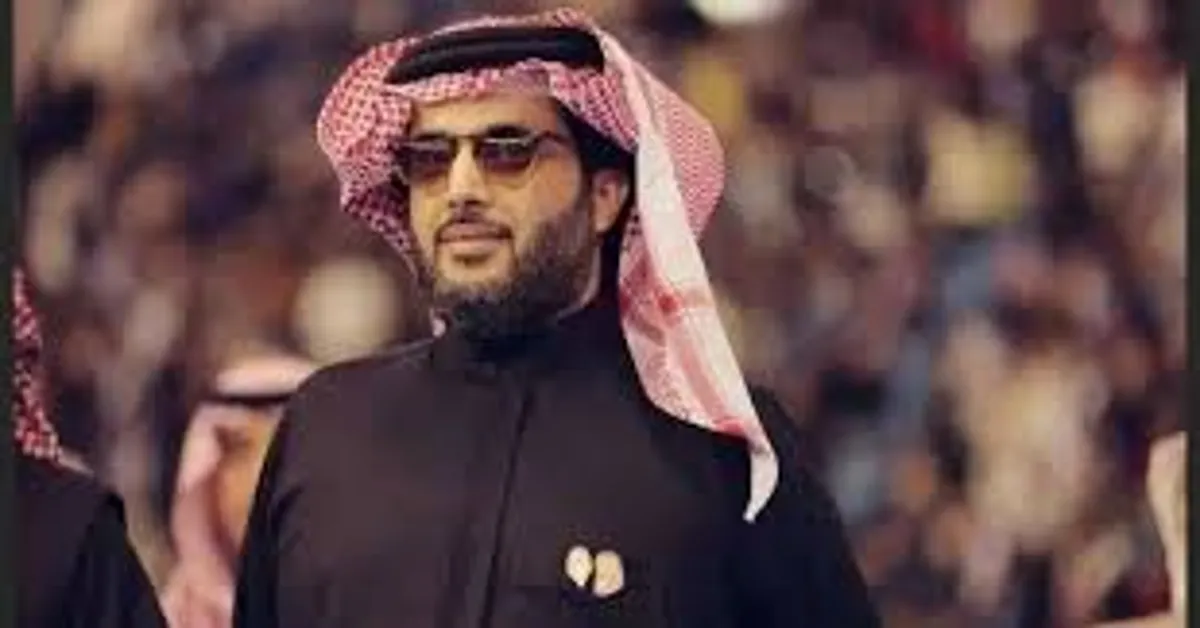In the vast and ever-evolving landscape of art and culture there are a few individuals who quietly but profoundly influence the preservation of traditional practices. One such individual is Jakkoju Udaya Bhaskar, an unsung hero whose dedication to promoting and safeguarding traditional Indian art forms has left a significant mark on the cultural world. Bhaskar’s name may not be familiar to the average person, but his work has resonated deeply with artists, historians, and cultural enthusiasts alike.
Jakkoju Udaya Bhaskar is not one to seek the limelight. Instead, he lets the art forms he so passionately preserves take center stage. His life’s mission has been to ensure that traditional Indian music and dance don’t merely survive in history books or museums but continue to thrive as living, breathing aspects of contemporary life. This article explores the remarkable journey of Jakkoju Udaya Bhaskar and his contributions to the world of traditional Indian art.
Early Life and Inspiration
Born in a culturally rich region of India, Jakkoju Udaya Bhaskar was exposed to the country’s diverse artistic traditions from a young age. His fascination with the arts was evident early on, especially with Indian classical music and dance. Bhaskar grew up in an environment where traditional practices were still highly respected, which deeply influenced his outlook on the importance of preserving these forms for future generations.
His formative years were spent studying Indian classical music, particularly Carnatic music, which has been passed down for centuries in India. Bhaskar’s dedication to learning these art forms was not just an intellectual pursuit—it was emotional, spiritual, and deeply personal. The more he learned, the more he realized the critical need for preserving these art forms that were at risk of fading into obscurity in an increasingly globalized world.
The Path to Cultural Advocacy
Jakkoju Udaya Bhaskar’s journey from being a passionate student to an advocate for cultural preservation was shaped by his realization that many traditional art forms were losing relevance. In today’s fast-paced world, where pop culture dominates, classical Indian arts were increasingly being sidelined. Bhaskar recognized the urgent need to ensure these traditions remained relevant and accessible, especially to younger generations.
In his early career, Bhaskar worked closely with local artists and organizations to promote traditional forms of Indian dance, such as Kuchipudi, and classical music. These efforts involved hosting workshops, organizing performances, and providing platforms for emerging artists to showcase their skills. His work extended beyond performance art; he also collaborated with scholars and cultural institutions to document and archive these practices for future study and appreciation.
Promoting Carnatic Music and Kuchipudi Dance
One of the core areas of Jakkoju Udaya Bhaskar’s work has been in the field of Carnatic music, one of the oldest forms of classical music in India, and Kuchipudi, a dance form that originated in Andhra Pradesh. Carnatic music, characterized by its intricate rhythmic and melodic structures, is an essential part of India’s cultural heritage. Similarly, Kuchipudi is a dance form that blends dramatic storytelling with intricate dance movements, reflecting the rich history and mythological traditions of India.
Bhaskar has been instrumental in ensuring that these art forms continue to thrive in the modern era. By organizing events, concerts, and festivals, he has created platforms where these traditions can be celebrated and performed. Additionally, he has focused on mentoring young artists, helping them understand the significance of these practices, not just as performers but as cultural custodians. His teaching has influenced a generation of artists who now carry forward his mission of cultural preservation.
The Role of Education in Bhaskar’s Mission
For Jakkoju Udaya Bhaskar, education is central to his efforts in preserving traditional art forms. He believes that the best way to ensure the survival of these cultural practices is by passing them down to the younger generation. Bhaskar has spent a considerable portion of his life as a teacher, sharing his knowledge of music and dance with students from all walks of life. His teaching goes beyond technical skill; it involves instilling a deep respect and understanding of the cultural and historical significance of these art forms.
In recent years, Bhaskar has expanded his educational efforts by collaborating with schools, universities, and cultural organizations. He has developed curriculum-based programs that integrate traditional Indian music and dance into the broader educational system. Through these programs, students not only learn to perform but also appreciate the cultural value of what they are studying.
International Recognition and Cultural Exchange
While much of Jakkoju Udaya Bhaskar’s work has been focused within India, his contributions have not gone unnoticed on the global stage. He has been a key figure in promoting Indian classical arts internationally, often serving as a bridge between India’s rich cultural heritage and the rest of the world. Bhaskar has organized international tours, cultural exchanges, and collaborative performances with artists from various countries, promoting a deeper understanding of Indian traditions.
His international outreach efforts have introduced countless individuals to the beauty of Indian classical arts. These cross-cultural collaborations have also helped modernize certain aspects of these art forms without losing their traditional essence, making them more accessible to a global audience.
Challenges in Cultural Preservation
Despite his successes, Jakkoju Udaya Bhaskar has faced numerous challenges in his mission to preserve traditional art forms. One of the primary hurdles is the growing influence of modern entertainment, which often overshadows classical forms of music and dance. In a world dominated by fast-paced, digital content, slow and intricate art forms like Carnatic music and Kuchipudi can struggle to maintain relevance, particularly among younger audiences.
Bhaskar has worked tirelessly to overcome these challenges by embracing modern technology. He has utilized digital platforms, social media, and online streaming to make traditional art forms more accessible. By doing so, he has helped bring classical arts into the digital age, ensuring they remain relevant and appreciated by contemporary audiences.
Jakkoju Udaya Bhaskar’s Vision for the Future
As someone who has dedicated his life to preserving India’s cultural heritage, Jakkoju Udaya Bhaskar has a clear vision for the future. He believes that cultural preservation is a shared responsibility and that everyone, from artists and scholars to students and laypeople, has a role to play in keeping traditional art forms alive.
His future plans include expanding his educational efforts and creating more opportunities for cultural exchange, both within India and internationally. He also hopes to develop digital archives and platforms that will serve as a resource for future generations, ensuring that the knowledge and practices of today are preserved for tomorrow.
Conclusion
Jakkoju Udaya Bhaskar is a testament to the power of quiet, enduring dedication. His work in preserving and promoting India’s traditional art forms has ensured that these ancient practices continue to thrive in the modern world. Through his efforts in education, cultural exchange, and advocacy, Bhaskar has created a lasting legacy that will benefit future generations of artists, scholars, and cultural enthusiasts.
His story serves as a reminder that while some revolutions may be loud and disruptive, others are quiet and enduring, reshaping the world in subtle yet profound ways. Jakkoju Udaya Bhaskar’s legacy is one of cultural preservation, and his impact on the world of Indian classical arts will continue to resonate for years to come.











